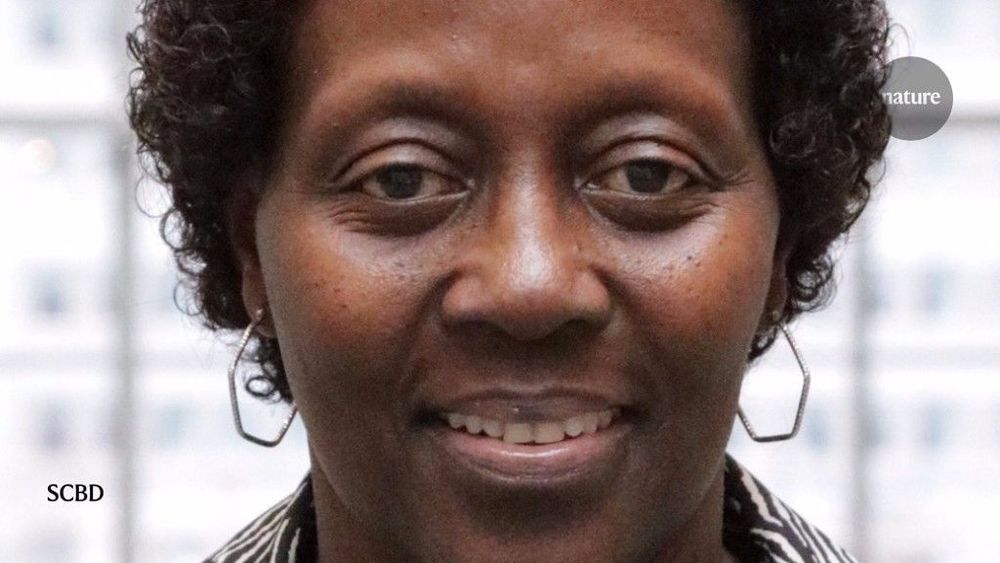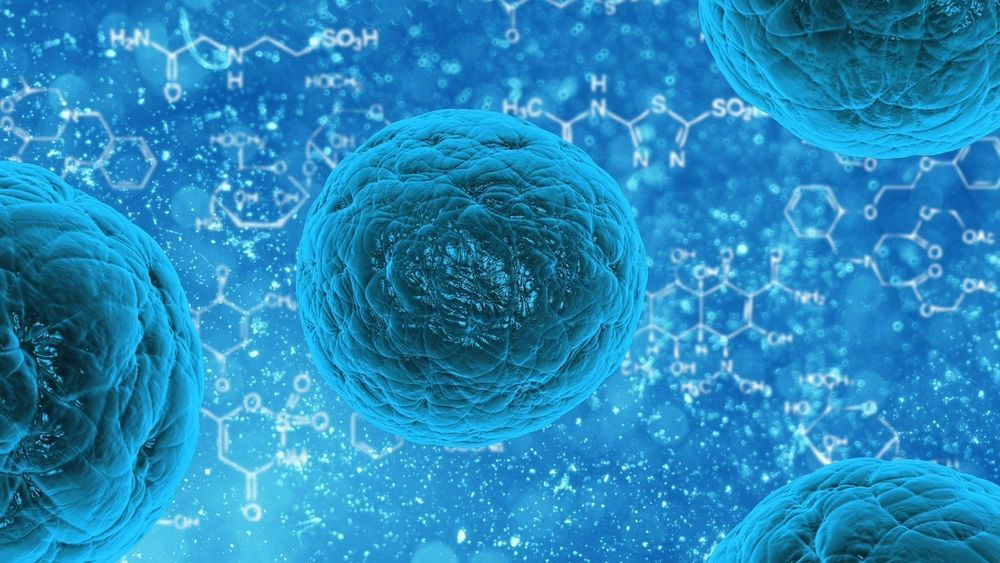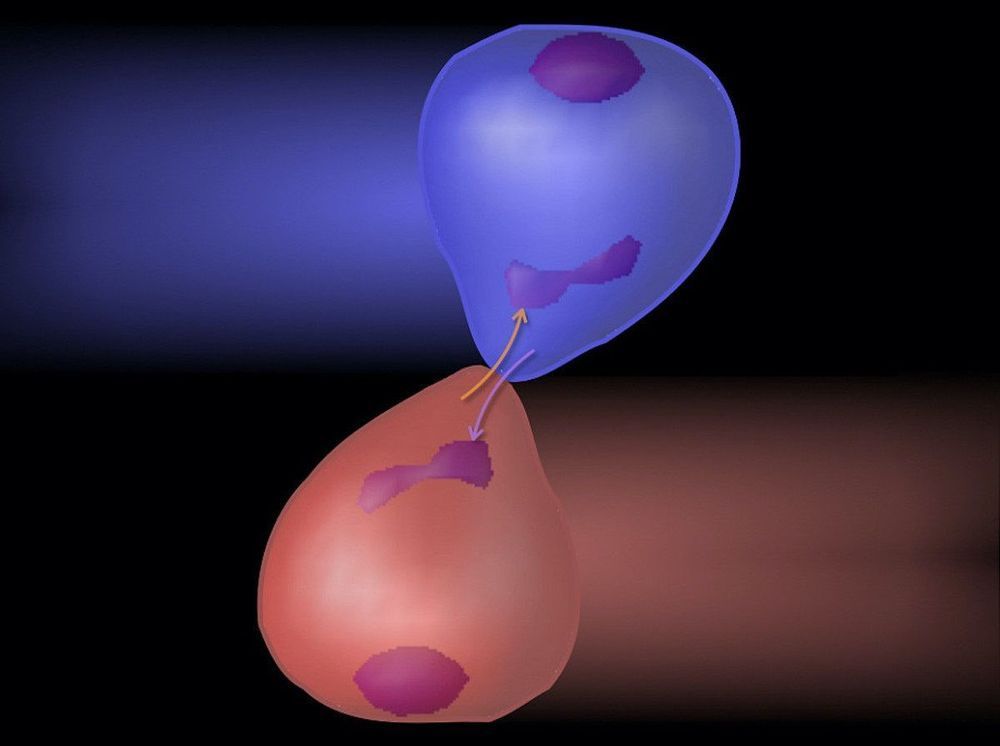Steele Hawes’ Archer Report with special guest Sharif Uddin Ahmed Rana.
Get the latest international news and world events from around the world.
Welcome to Cloud City: The case for going to Venus, not Mars
I know Elon Musk believes Mars is the promised land that we should try to move humans to but what about Venus?
A growing group of scientists want to float above our sister planet before we conquer the red one.


The biodiversity leader who is fighting for nature amid a pandemic
In an interview with Nature, Elizabeth Maruma Mrema, the new head of the United Nations Convention on Biodiversity, acknowledged that it would be difficult to set a single target because biodiversity is multifaceted. But, if the community succeeds in making it work, she adds: “that will be the best result possible because then it becomes a song everyone will sing, and that everybody can align with to deliver that one key message.”
Elizabeth Mrema has a mighty task ahead of her, leading countries as they negotiate new biodiversity targets.
White House ordered NIH to cancel coronavirus research funding, Fauci says
China-develops-worlds-first-coronavirus-vaccine.
The research was the target of a conspiracy theory about the origin of the new coronavirus.
Is Plant ‘Intelligence’ Just a Human Fantasy?
Although plants make up over 80% of the biomass on Earth, for centuries they have been thought of as inanimate and passive things. Researchers even coined the term “plant blindness” to refer to a cognitive bias that literally makes our brains zone out plants in our view and underestimate their importance.

How a protein’s small change leads to big trouble for cells
In molecular biology, chaperones are a class of proteins that help regulate how other proteins fold. Folding is an important step in the manufacturing process for proteins. When they don’t fold the way they’re supposed to, it can lead to the development of diseases such as cancer.
Researchers at the Sloan Kettering Institute have uncovered important findings about what causes chaperones to malfunction as well as a way to fix them when they go awry. The discovery points the way to a new approach for developing targeted drugs for cancer and other diseases, including Alzheimer’s disease.
“Our earlier work showed that defects in chaperones could lead to widespread changes in cells, but no one knew exactly how it happened,” says SKI scientist Gabriela Chiosis, senior author of a study published June 30 in Cell Reports. “This paper finally gets into the nuts and bolts of that biochemical mechanism. I think it’s a pretty big leap forward.”

China approves world’s first coronavirus vaccine
Coronavirus was first detected in China. Over 10 million people have so far infected with the virus across the world while more than five lakh people have died of the disease.
Over 100 research institutions around the world are trying to develop a vaccine to deal with the virus. It was reported that the Oxford vaccine is now at the final stage.
But above all, China has now given final approval to the corona vaccine, according to a report of Yahoo News.

It happened in just zeptoseconds
Australian and US physicists say they have calculated the speed of the most complex nuclear reactions and found that they’re, well, really fast. We’re talking as little as a zeptosecond – a billionth of a trillionth of a second (10-21).
The finding follows a comprehensive project to calculate detailed models of the energy flow during nuclear collisions.
Cedric Simenel from the Australian National University worked with Kyle Godbey and Sait Umar from Vanderbilt University to model 13 different pairs of nuclei, using supercomputers at ANU and in the US.
